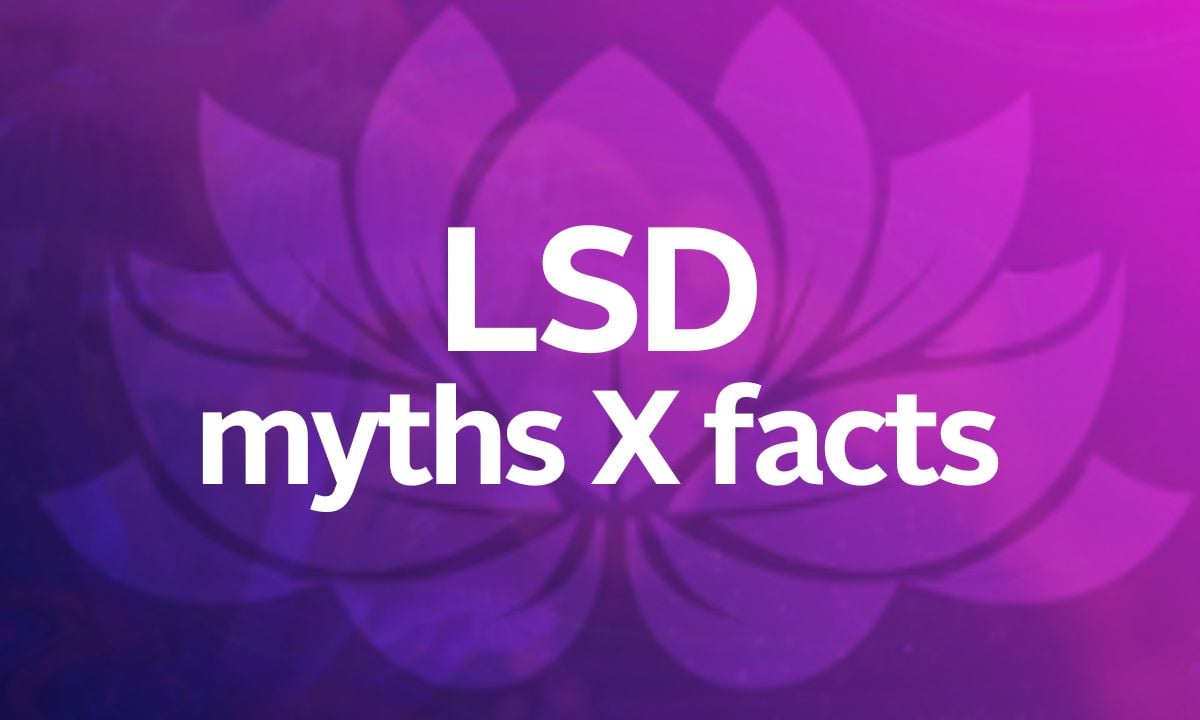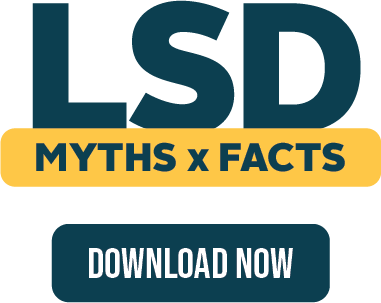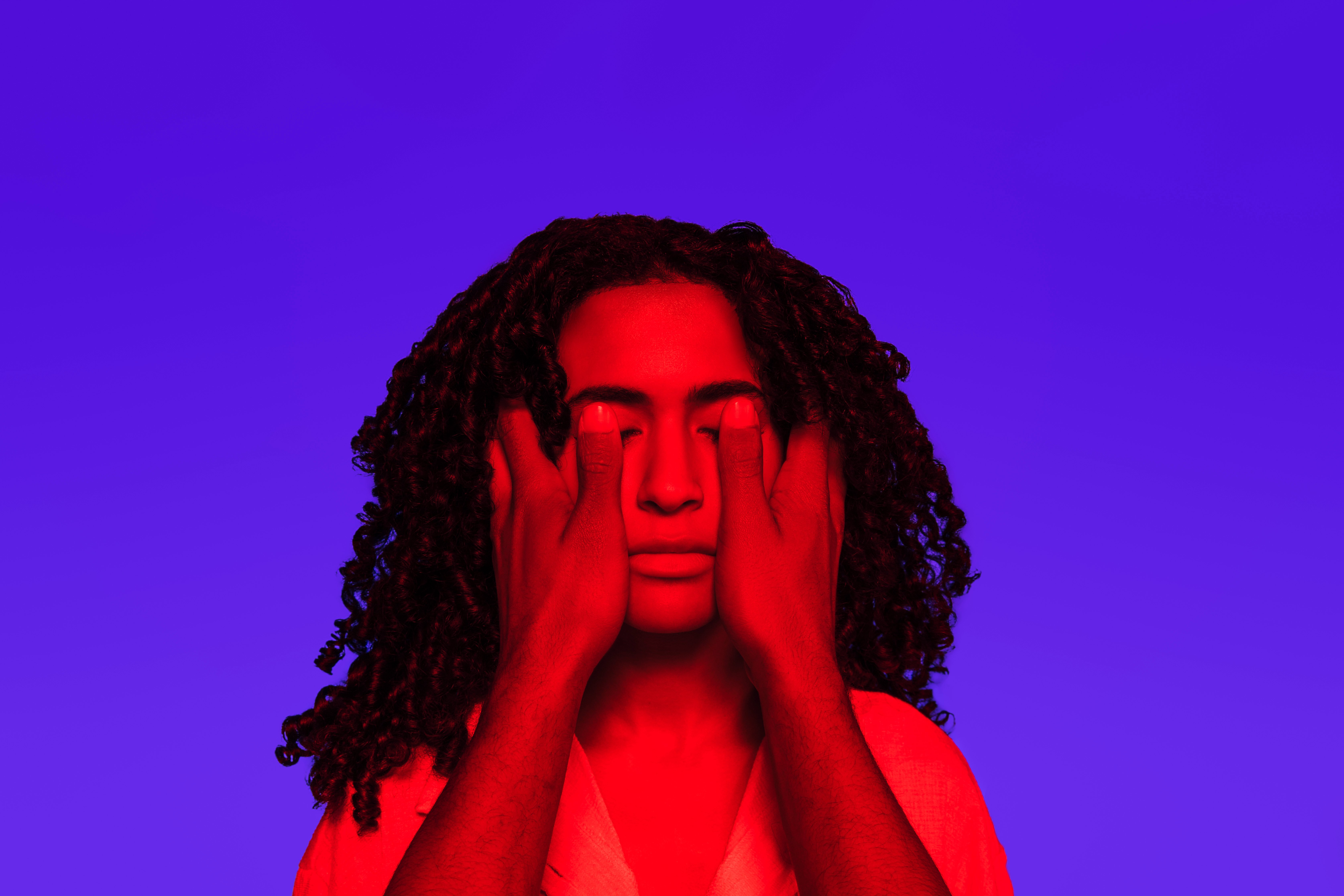LSD – Myths vs. Facts






Clinical studies found psychedelic drugs such as lysergic acid diethylamide (LSD) may be effective at reducing symptoms of anxiety, learn the facts.
The hallucinogenic drug, LSD, or lysergic acid diethylamide has no doubt been a topic of controversy. First synthesized by a Swiss scientist in the 1930s as a psychiatric tool used in therapy became a symbol of the 1960s counterculture, eventually, its use was halted when it was classified as an illegal substance in 1968.
Since its creation, the substance of Lysergic Acid Diethylamide has had a controversial existence. Its journey is described best in a song by the Grateful Dead, which ironically promotes the use of psychedelics.
“Sometimes the light's all shinin' on me. Other times I can barely see. Lately, it occurs to me What a long, strange trip it's been.”
It began as a psychiatric tool used in therapy and then a psychedelic drug used by the masses that influenced an entire generation. After it was quickly deemed as a classified schedule I substance in 1968, citing no therapeutic potential and the potential for abuse, which made it illegal. Not only did this new law detour the recreational use of LSD it also halted the advancement of research to improve mental health conditions.
In 2008 the exploration of LSD in clinical research picked up momentum and more research was being conducted to improve the treatment of mental health for many disorders. Since the resurgence in LSD research, there have been over 10 clinical trials completed and published, and no serious adverse drug reactions have been reported in those controlled trials. In total, over 1000 subjects have received LSD in historical and modern clinical trials according to MAPS.
Segal Trials, located in South Florida, is the first private research facility in the U.S. to offer LSD in psychedelic research and is paving the way for the advancements in medicine for the world. They offer a full-service center dedicated to Psychedelics Research. With state-of-the-art equipment in a relaxed and comfortable setting to accommodate the clinical research participants. The doctors and staff are experts in psychedelics research and are passionate about patient care. As more mental health studies explore the use and private sites.
As more and more mental health research opportunities open up, and private research facilities achieve the credentials to offer them, it’s important to know the Myths and Facts about LSD in psychedelic research.
FACTS - Lysergic Acid Diethylamide was first synthesized in 1938 in Basel, Switzerland by chemist, Albert Hofmann. Later introduced as a psychiatric drug in 1947 to enhance psychotherapy for the treatments of anxiety, depression, alcoholism, and other diseases. LSD as a psychiatric tool it was used to treat mental health issues and in psychotherapy sessions to help patients explore their inner thoughts and feelings. However, its use halted after LSD was classified as a Schedule I substance in 1968, citing no therapeutic potential and the potential for abuse, although this has been disproven.
MYTH - LSD kills brain cells
FACT - There have been several neuroimaging studies conducted with LSD that show an increase in brain activity, and there has been no evidence in modern or legacy studies to suggest that LSD is causing damage to the brain. There is evidence to suggest that LSD increases connectedness among brain structures, which may foster new insights or perspectives.
MYTH - LSD damages your DNA
FACT - These myths originated in the late 1960s and early 1970s and were likely a product of political backlash at the time. Modern studies have found no alterations in DNA as a result of LSD use.
MYTH - LSD is not natural like magic mushrooms
FACT - LSD is a chemical derived from ergotamine, a molecule found in ergot, a fungus that infects grain. In research involving psilocybin, participants are not actually given “magic mushrooms,” but are instead given synthetic psilocybin capsules.
MYTH - Every LSD experience is the same
FACT - LSD experiences are highly dependent on dose, set (mindset of the person), and setting (location). Each LSD experience will be unique to the individual.
MYTH - LSD never leaves the body
FACT - LSD is not permanently stored in the body, nor is it stored in spinal fluid. As it is not stored in the body, LSD cannot be spontaneously released at any time, causing a surprise trip. LSD reaches its highest blood concentrations between 2-3 hours after ingestion and is metabolized and passes through the body completely, and relatively quickly.
For more FACTS about LSD in Psychedelics research for mental health treatment,
download the LSD MYTHS x FACTS here.
We invite you to join us as we explore psychedelics research for the improvement of mental health conditions. As the first private facility in the US to conduct psychedelics research.
Milestones:
- First patient dosed in the first LSD trial in over 40+ years
- The first private sites to conduct a study with psychedelics with an IND in the United States
- Database of over 3000+ patient referrals received for potential participation in psychedelic trials
- Dissociated drugs & psychedelics since 2012
- Construction / Design of dosing rooms and conduct dosing sessions
Meet the experts
Center for Psychedelics Research specializes in Phase I-IV outpatient research dedicated to psychedelic, cannabis, and dissociative drug trials. The highly trained facilitators are supported by a well-established team of research professionals, along with innovative recruitment experts. Dr. Kakar was one of the first private researchers in the U.S. to obtain a DEA Schedule license. This specialized regulatory experience is required to obtain and manage DEA schedule 1 license.



.png)